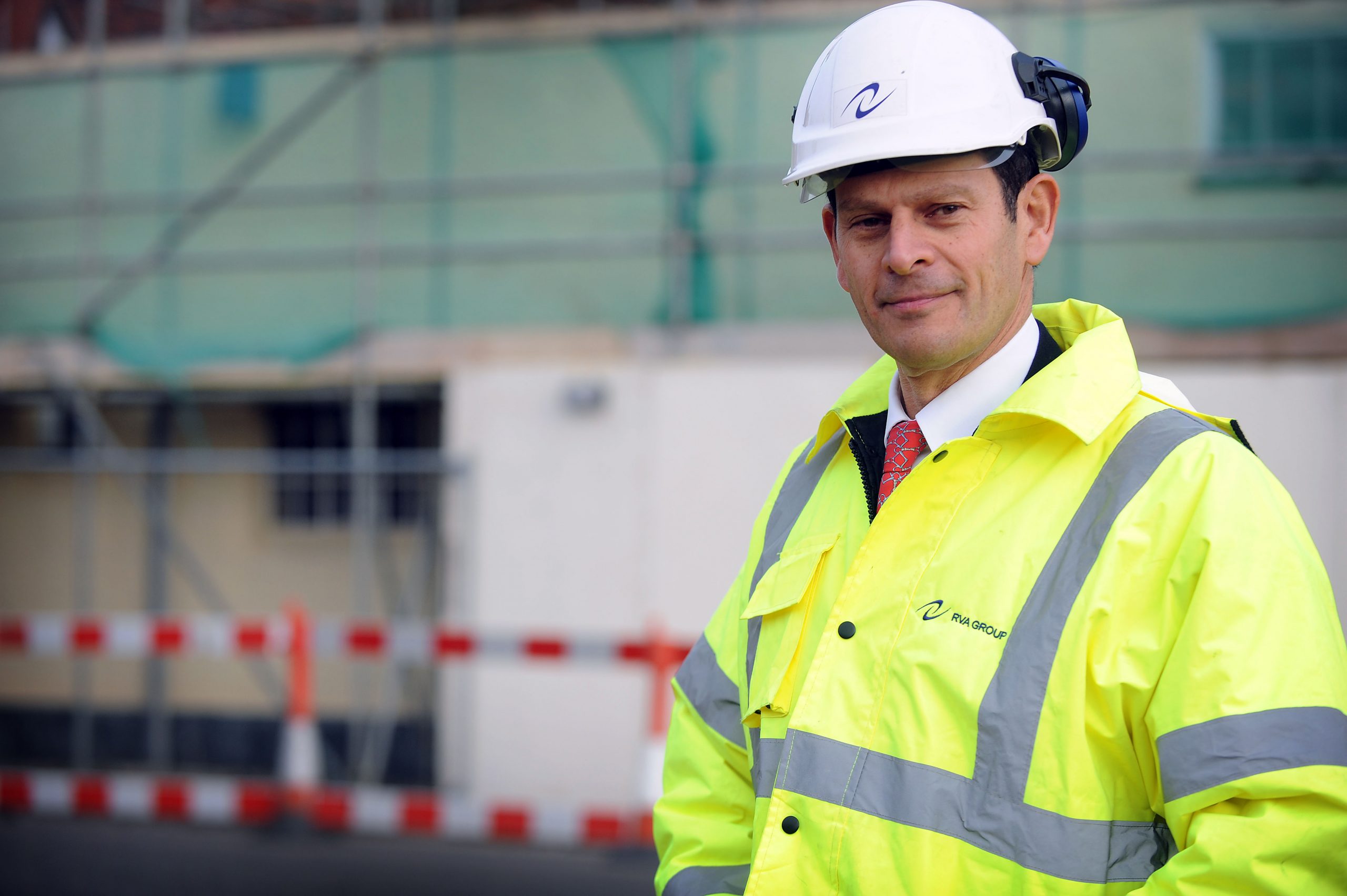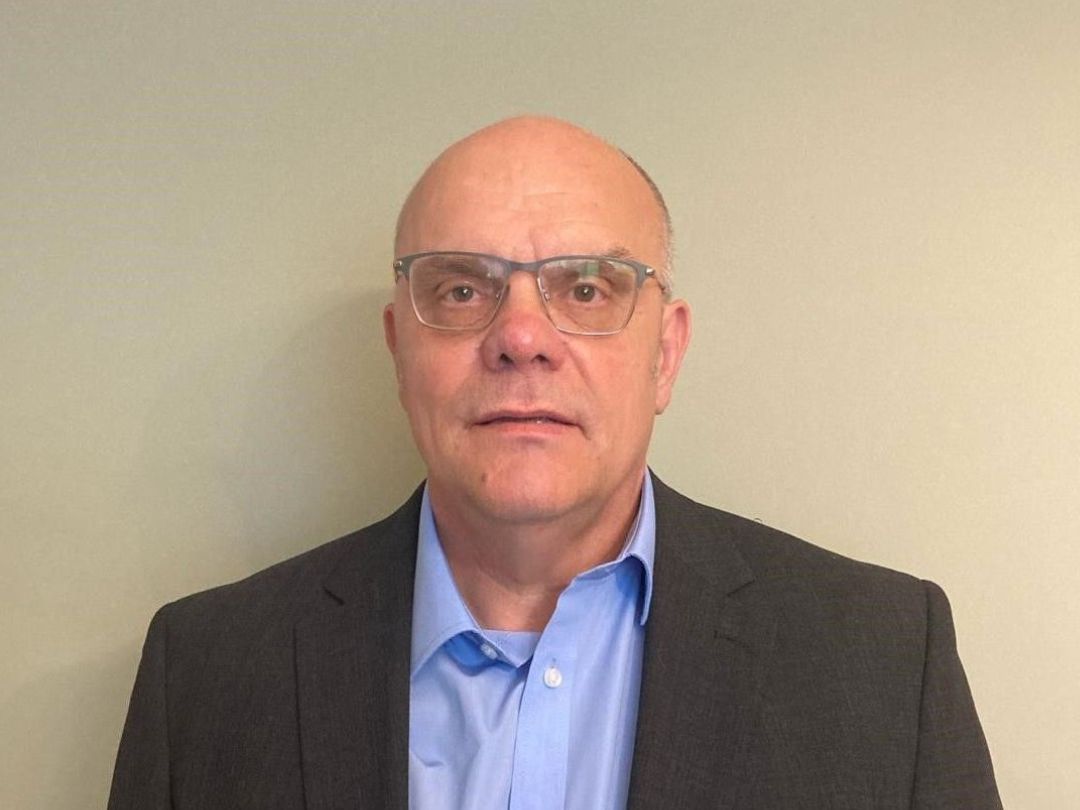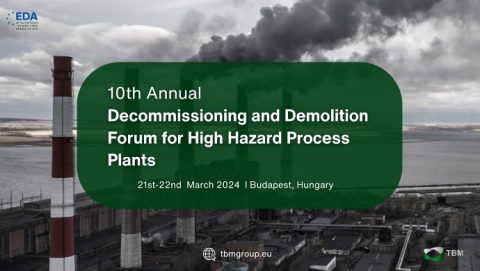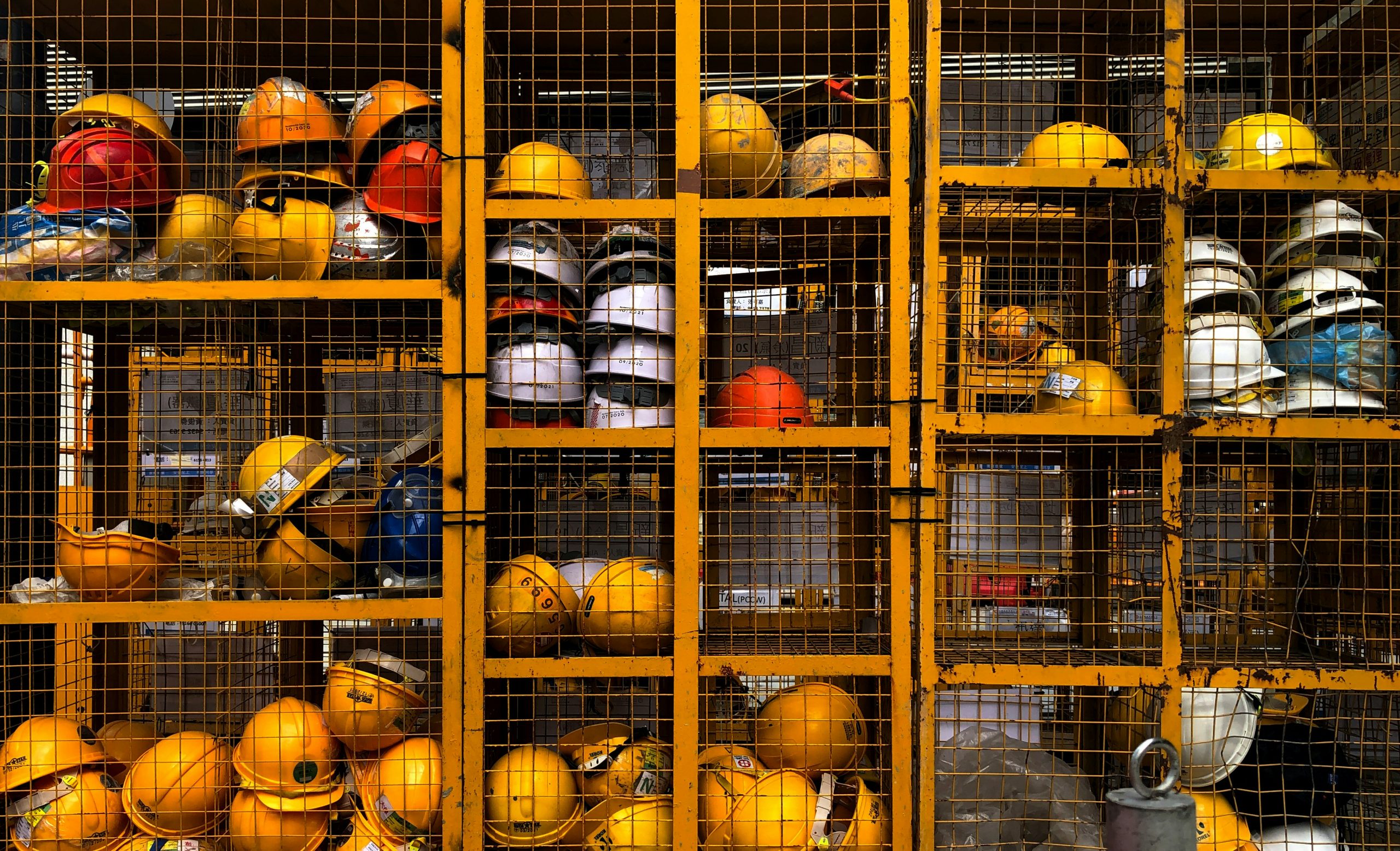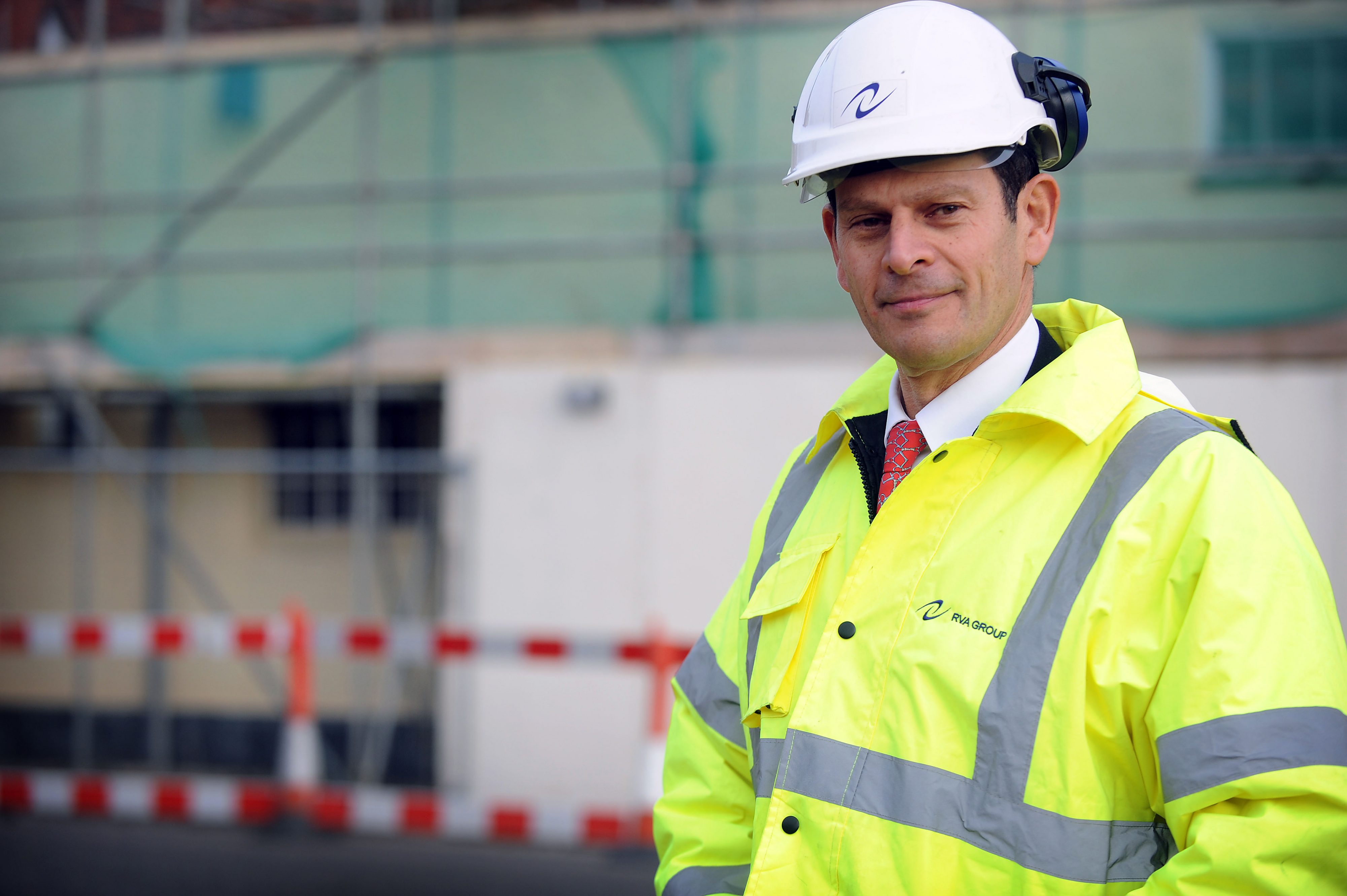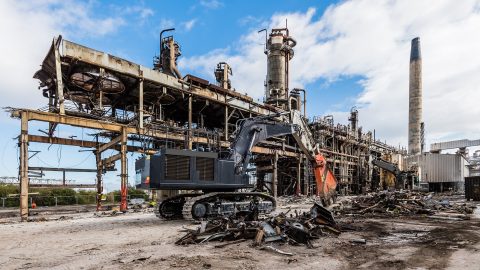RVA Group’s managing director, Richard Vann, recently discussed whether decommissioning experts should have a voice in financial planning talks, in his latest column for Demolition Hub. Catch up below.
Given the tough financial backdrop many industries are experiencing, asset owners are rightfully cautious about the cost of decommissioning projects. But there’s no room for corner-cutting, when it comes to ensuring safety, efficiency, and environmental responsibility on-site. And who is more qualified to relay that rationale to stakeholders, than the decommissioning professionals undertaking the project? Richard Vann, managing director at RVA Group, continues…
From methodology and environmental health to safety compliance, resource planning, project scheduling, and more, there’s much for decommissioning engineers to consider. So, why would these professionals want to add more to the list? Because, when it comes to the mothballing, rationalisation, or clearance of an industrial site, they understand the importance of communication. Specifically, they know the value of the engineering acumen they can bring to the finance table.
Leveraging engineering expertise for controlled costing
Some front-end engineering services — such as a costings study, for example — might be deemed one of the least ‘hands on’ elements of a decontamination, dismantling, or demolition project by some. In reality, leveraging detailed knowledge and experience of high-hazard assignments is essential for securing a safe, commercially viable, and environmentally sound outcome.
This costing information serves as the foundation for compiling sanction-grade estimates, preparing funding applications, projecting cash flows, and determining the program and duration of works. It also establishes financial milestones crucial for ongoing cost control during project execution.
In conducting these rigorous cost assessments, direct expenses such as contractor fees are scrutinised alongside broader considerations like potential plant resale values, market dynamics, and the impact of regulatory changes. Site-specific factors are also taken into account to ensure comprehensive evaluation.
Ensuring long-term compliance and clarity
These costings also play a critical role in long-term liability planning for sites. In fact, the information is required under international financial provisioning standards such as FAS143 in the USA and IAS 37 in Europe. These standards ensure the owner has maintained accurate reporting to shareholders and adequate financial provisions for future decommissioning, even if physical work doesn’t occur for several years.
Given the increasing frequency of asset transfers, variations of these longer-term liability studies serve as essential due diligence tools for prospective buyers and sellers. As well as providing clarity on the legacies that will remain with the site, they indicate any costs that will materialise over time.
Of course, regularly scrutinising these numbers, every five years or so, is crucial. This periodic review accommodates any changes in asset conditions, as well as waste and scrap rates, inflation figures, and regulatory updates, and ensures a comprehensive understanding of site liabilities. A fluid and reconfigurable spreadsheet should therefore lie at the heart of any longer-term costing studies.
Optimising asset lifecycle costs from day one
Interestingly, more and more people are recognising the importance of this early dialogue. Ideally, collaboration between the decommissioning and finance professions should begin before a facility has even been built. That way, the cost of ownership of an asset over the full lifecycle, including eventual decommissioning, can be outlined from day one. In fact, this information is often demanded by funding institutions, landlords, and other involved parties, so the true risk exposure of involvement in a project can be assessed.
Planning for decommissioning during the inception of a facility may seem premature. However, there will come a time when an asset reaches its natural end of life. And, as with most undertakings, the quality of input in the earliest stages of a decommissioning project usually dictates the level of success that can be achieved in the longer term. That doesn’t just include financial benefits, but environmental ones too — promoting the circular economy through the reuse of resources, later down the line.
In many cases, fiscal stakeholders may seek indicative financial provisions, acknowledging the inherent uncertainties that come with planning so far in advance. Nonetheless, the involvement of experienced decommissioning professionals adds significant value, ensuring informed decision-making and effective project management from inception to closure.









